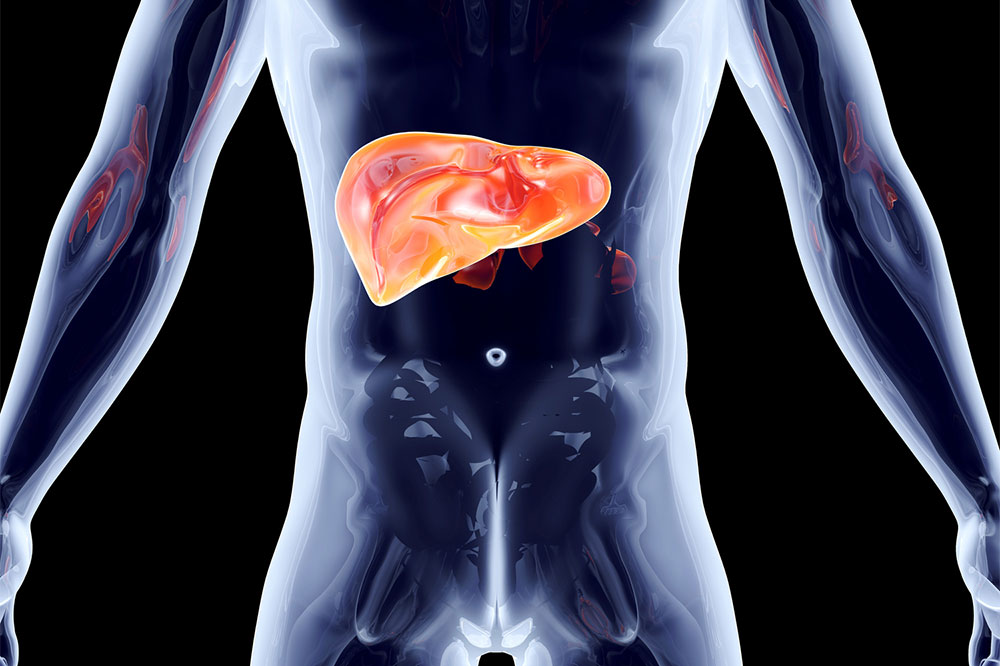5 overlapping silent symptoms of Parkinson’s and TD

Parkinson’s disease and Tardive Dyskinesia (TD) are neurological conditions that often hide in plain sight. While some of their symptoms are well-known, there are also silent signs that overlap, making early diagnosis a challenge. This article delves into five such subtle yet crucial symptoms that Parkinson’s and TD share, shedding light on the importance of recognizing these early warning signs for timely intervention and improved quality of life.
Here are the five silent symptoms of Parkinson’s and TD that overlap:
- Tremors
Tremors are perhaps the most well-known symptom of Parkinson’s disease, but they can also occur in TD. These involuntary, rhythmic movements of the hands, fingers, or other body parts can be subtle in the early stages, resembling a slight shiver or nervousness. Many people dismiss these tremors as a natural response to stress or fatigue, delaying a proper diagnosis. - Muscle stiffness
Both Parkinson’s and TD can cause muscle stiffness or rigidity. This symptom can be mistaken for the effects of aging or simple muscle fatigue. Individuals may notice that their movements become less fluid and more rigid over time, leading to difficulty with tasks that once felt effortless. - Changes in facial expressions
Parkinson’s and TD can affect facial expressions, making them appear mask-like or rigid. People with these conditions may lose their ability to convey emotions through facial expressions. This change can be subtle and may go unnoticed, especially if it develops gradually. - Speech difficulties
A common symptom of both conditions is speech difficulties. Individuals may experience a softening of their voice, slurred speech, or difficulty articulating words. These changes in speech can be subtle and may be attributed to fatigue or stress, causing a delay in seeking medical attention. - Balance and posture problems
Both Parkinson’s and TD can impact balance and posture. Individuals may find themselves leaning forward or adopting an unusual gait. These gradual changes may lead people to attribute them to age-related issues rather than neurological conditions.
Recognizing these silent symptoms early on is crucial for timely diagnosis and intervention. While these symptoms may overlap, it’s essential to remember that Parkinson’s and TD are distinct conditions with their own sets of unique symptoms and underlying causes. If someone experiences any of these subtle signs or a combination of them, seeking a health evaluation from a neurologist or movement disorder specialist is essential.
Moreover, because both conditions can be challenging to diagnose, healthcare professionals must conduct a comprehensive assessment that may include neurological exams, imaging tests, and other specialized assessments to accurately differentiate between Parkinson’s and TD.
In conclusion, Parkinson’s disease and tardive dyskinesia share several silent symptoms that can easily be dismissed or attributed to other causes. Tremors, muscle stiffness, changes in facial expressions, speech difficulties, and balance and posture problems are all potential warning signs of these conditions. Early recognition and proper diagnosis are vital for managing these neurological disorders effectively. Therefore, if one experiences any of these symptoms, it is crucial to seek immediate attention to receive the appropriate care and support needed to maintain the best possible quality of life.






